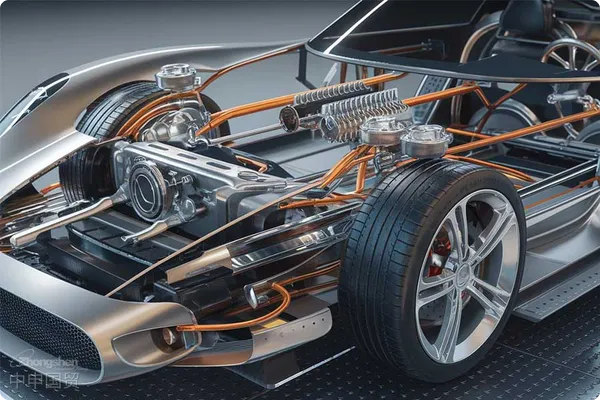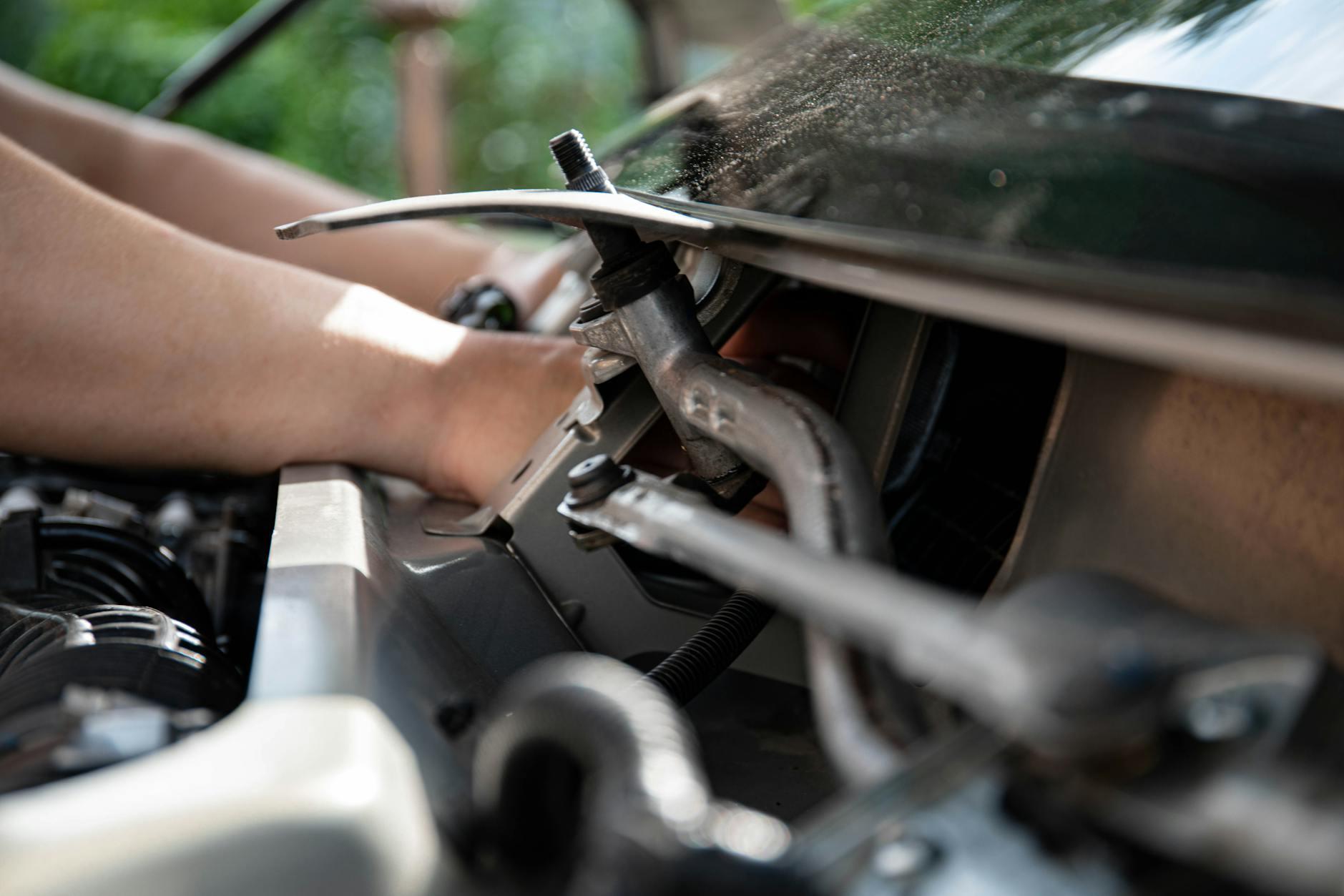- Shanghai Zhongshen International Trade Co., Ltd. - Two decades of trade agency expertise.
- Service Hotline: 139 1787 2118

Introduction
As the "heart guardian" of automotive powertrains, the oil pump plays a core role in the engine lubrication system. Over the past three years, global oil pump imports have grown at an average annual rate of 8.7%, with China, as the world's largest automotive aftermarket, accounting for 32% of total imports. Based on 20 years of hands-on experience, this article provides an in-depth analysis of the key processes and risk control points in oil pump imports.
1. Characteristics of the Oil Pump Import Market
1.Product Technology Classification
- Mechanical oil pump (accounting for 65% of imports)
- Electronic variable oil pump (annual growth rate of 18%)
- High-pressure oil pump for special vehicles (surge in demand in the construction machinery sector)
2.Analysis of Main Sources of Goods
- Germany (Bosch, INA account for 40%)
- Japan (AISIN and Mitsubishi Heavy Industries lead in truck pump technology)
- Italy (Specialized Market for High-End Sports Car Custom Oil Pumps)
3.Technical Barrier Indicators
- Working pressure: commercial vehicles ≥6bar, passenger vehicles ≥4bar
- Flow accuracy: ±3% international standard
- Endurance Test: 2000-Hour Continuous Operation Certification
II. Key Nodes in the Entire Import Process
Phase One: Preparation of Access Qualifications
- Import License: The original manufacturer's "Certificate of Free Sale" and "Material Analysis Report" must be provided.
- 3CExemption from Certification: For repair parts of vehicles aged over 24 months (VIN code registration required).
- Energy Efficiency Filing: For electronic variable pumps, the energy consumption parameters of the ECU control module must be submitted.
Packaging requirements: Shockproof and moisture-proof treatment, outer boxes must be marked with FRAGILE labelsInternational LogisticsPlanning
- Precision Packaging: The shock resistance level must meet the ISTA 3E standard (amplitude <0.5g).
- Temperature-controlled transportation: The precision-cast pump body must be maintained at a constant temperature of 15-25°C.
- Special Declaration: Components containing permanent magnets require DG CLASS9 declaration.
Phase 3: Core Customs Clearance Technology
- Classification dispute: The tariff difference between the oil pump assembly (8413303000) and the repair kit (8708999190) reaches 8%.
- Key points for price review: Prepare the original manufacturer's price memorandum to address royalty verification.
- Testing standard: Lead content must comply with GB/T 27630-2019 (≤100ppm).
III. Industry-Specific Risk Prevention and Control
1.Technical Compliance Traps
- EU New Regulation: Implementation of the EU 2023/1542 Energy Labeling System Starting from 2024
- U.S. DOT Certification: Special attention should be paid to explosion-proof certification (FMVSS 301).
2.Establish alternative plans for second - tier production areas such as Turkey and Mexico;
- Establish safety stock: It is recommended to maintain a strategic reserve equivalent to three months' usage.
- Alternative Pre-screening: Pre-filing emergency clearance plans for products with identical parameters but different brands.
3.Patent search covering 98 countries/regions
- OEM parts require verification of the EPC system authorization chain.
- Parallel imports require obtaining a "Legal Opinion on Non-Infringement of Trademark Use."
IV. Cost optimization strategies
1.Tariff planning plan
- RCEP Agreement: Oil pumps originating from Japan are eligible for a preferential tariff rate of 0.6%.
- Processing Trade: Apply the Margin Account System to Transit Maintenance Parts.
2.: By integrating the shipping line resources of the West Coast of the US (Los Angeles/Long Beach Port) and the East Coast of the US (New York/Savannah Port), agent services can shorten the transportation cycle by 30% and reduce the loss of LCL space.
- LCL Optimization: Achieve a 30% reduction in freight costs with the LCL mixed-load solution (applicable for single batches ≥15CBM).
- Demurrage control: 7-day free storage period at the designated port + flexible warehousing solutions.
3.Foreign exchange management tools
- Forward exchange locking: Coping with euro exchange rate fluctuations (recommended to lock in a 90-day forward).
- Cross-border RMB settlement: Avoiding the 0.5% exchange loss.
5. Digital Service Innovation
1.Intelligent Customs Clearance System
- The intelligent pre-classification accuracy rate of HS Code reaches 98%.
- Real-time tracking of customs clearance exception codes (such as CIQ1107 inspection delay warning)
2.Quality Traceability Platform
- Blockchain technology enables full-cycle traceability from production batches to logistics and installation.
- Big Data Early Warning for Industry Return Hotspots (e.g., High-Risk Areas for Casting Sand Hole Defects)
Conclusion
In theNew energyAgainst the backdrop of the automotive penetration rate surpassing 35%, the import business of oil pumps is undergoing a transformation from scale expansion to value creation. Professional agency service providers should focus on three key dimensions—technical compliance, supply chain resilience, and digital empowerment—to build a secure and efficient cross-border procurement system for importers.
(Note: The data in this article is based on the 2023 Statistical Bulletin of the General Administration of Customs and industry analysis from Global Trade Atlas. For operational details, please refer to the latest regulations.)
Related Recommendations
? 2025. All Rights Reserved. Shanghai ICP No. 2023007705-2  PSB Record: Shanghai No.31011502009912
PSB Record: Shanghai No.31011502009912









